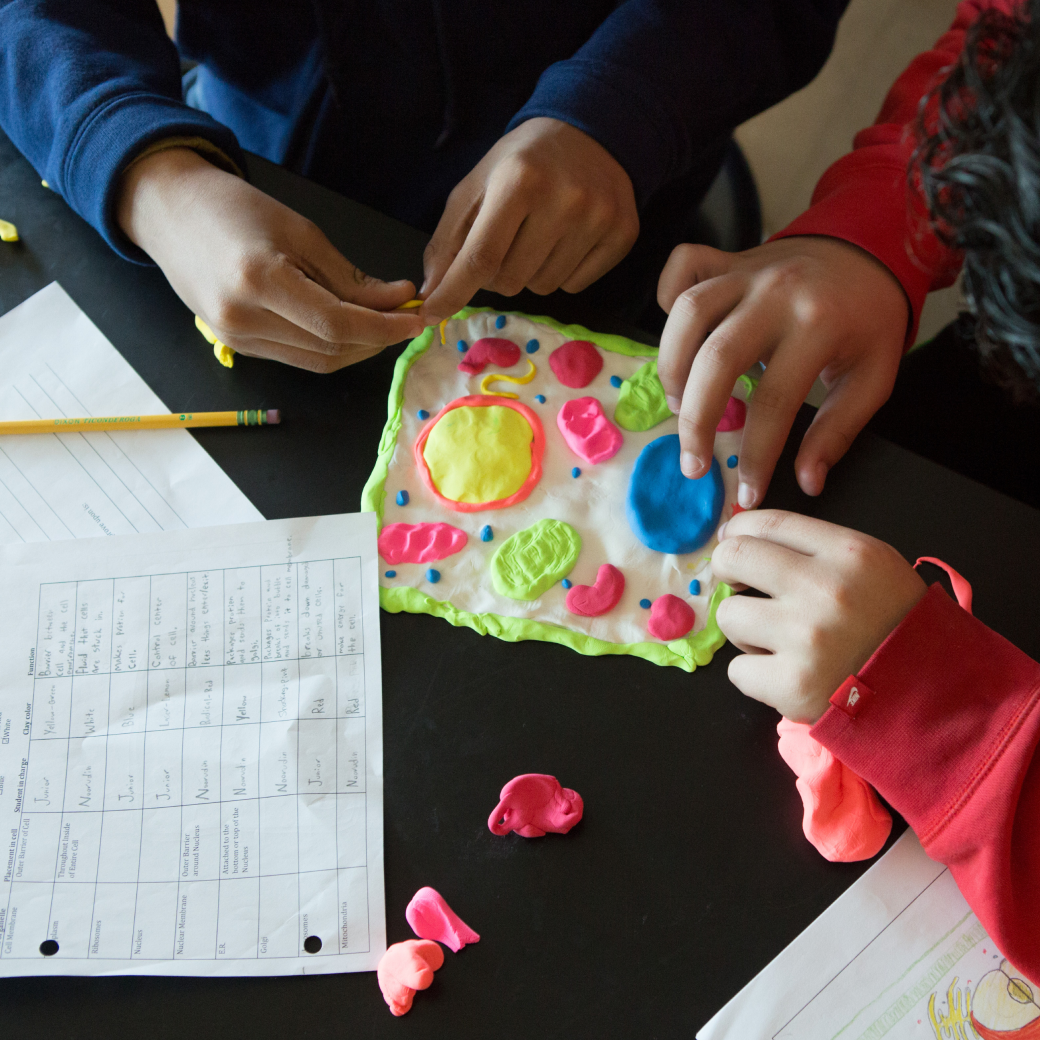
EdReports: New Science Standards Call for New Resources
Check out this article from Stephanie Gregson at…
Our guidance sets California district and school leaders up to lead a successful science adoption process that will support teachers with the resources to build critical science knowledge and skills.

To build upon EdReports’ Key Adoption Steps, we outline three key areas to keep in mind to lead a successful Science Adoption process in California: The Next Generation Science Standards Innovations, the CA NGSS TIME Tools for Screening Materials, and prioritizing support for multilingual learners.
The Framework for K-12 Science Education led to the NGSS and materials selected should embody the vision for the NGSS, including the Innovations: Three-Dimensional Learning, Phenomena, Coherence/Progressions, Science for All, and ELA/Math Connections.
Three Dimensional Learning: The Science and Engineering Practices, Crosscutting Concepts, and Disciplinary Core Ideas are the three framework components that support the standards and reflect accurately how science and engineering are practiced in the real world. Disciplinary Core Ideas (DCIs) and Crosscutting Concepts (CCCs) are developed through the Science and Engineering Practices (SEPs). High-quality science instructional materials should include Three Dimensional Learning embedded into the lesson and unit design of the curriculum and build in complexity over time.
Phenomena: Students engage in sense making of phenomena by using and building upon the three dimensions. High-quality science instructional materials should include phenomena that are meaningful to students, facilitate a deep inquiry and use of three dimensions through grade-level appropriate standards, and accurately reflect science in the real world.
Building Coherence in K-12 Progressions: Coherently builds all three dimensions from kindergarten through the twelfth grade. The second part of this focuses on how both engineering and the nature of science are embedded across all grade levels allowing students to constantly engage with and expand their understanding of three dimensional learning.
Alignment with ELA and Mathematics: The NGSS allow for coherence and greater exposure across Mathematics and English Language Arts with overlapping skills and knowledge embedded in the standards.
All Standards, All Students: These innovations illustrate the importance of and techniques to engage all students in the NGSS standards.
CA NGSS TIME is the official toolkit for NGSS instructional materials adoption developed in partnership with K-12 Alliance at WestEd, the California Department of Education and CCSESA. It is a suite of tools and resources for curriculum-based professional learning to help educators evaluate, select, and implement NGSS instructional materials. CA NGSS TIME provides the framework and associated resources for districts to evaluate NGSS materials through a six step process. Additionally County Offices of Education have been provided the opportunity to be trained on administering the toolkit to support districts and can be a resource for NGSS adoption.
Support for multilingual learners should be woven into the design of the core materials and align with the types of programs your district offers to ensure equity and access.
Don’t rely solely on how the publisher describes the materials—complete a thorough investigation process to determine whether materials are aligned to the NGSS and ELD Standards. Use EdReports reviews to guide your investigation.
Utilize reports on materials to determine units and lessons for alignment to NGSS.
Use a tool such as the Criteria for Assessing Instructional Materials’ Success in Addressing MLL Linguistic and Instructional Needs to evaluate how well the materials align with the California Department of Education’s ELA/ELD Framework and your district’s needs.